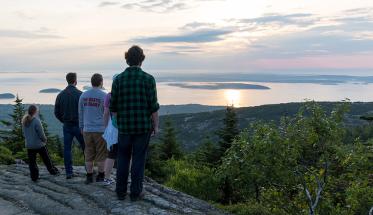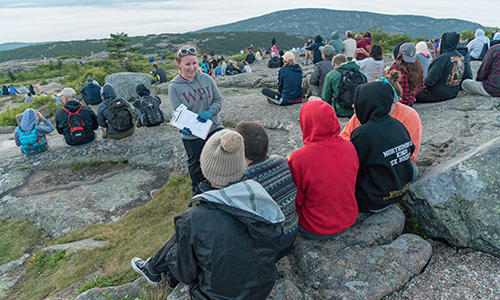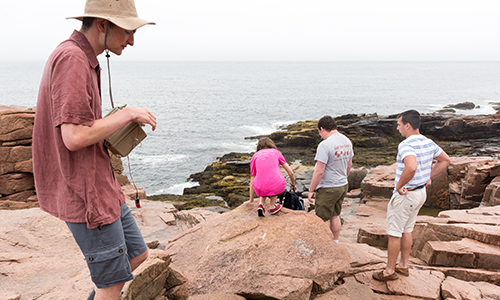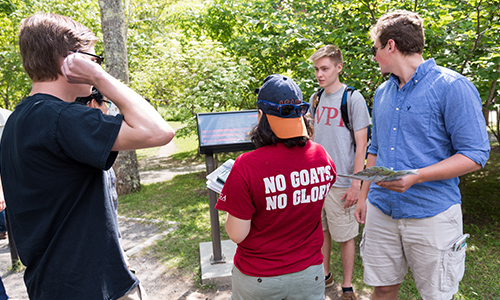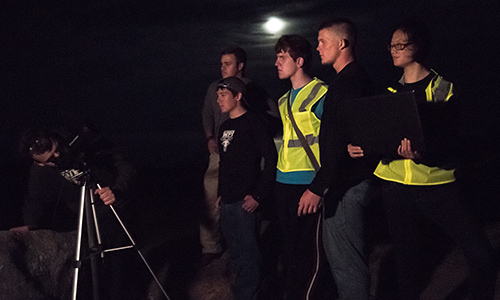Bar Harbor, a seaside town on Mount Desert Island in Maine, is known for its craggy coastlines, nautical lore, and proximity to the majestic Acadia National Park. Since 2012, teams of WPI students have experienced these features firsthand while completing their Interactive Qualifying Project (IQP)—a project that requires teams to delve into a problem that matters to real people—at the WPI Bar Harbor Project Center.
Projects undertaken at the center focus on the relationships and intersections between the humanities, technology, and environmental sustainability. Many seek to help preserve the natural environment of Acadia National Park by mitigating issues stemming from the park’s increasing popularity, as Acadia is both one of the smallest and one of the most visited national parks in America. Project outcomes impact the environment and the local community and also offer solutions to problems faced by other national parks throughout the United States.
Students travel to the center in the summer and have ample opportunities to enjoy the natural surroundings they are helping to preserve through activities such as hiking, rock climbing, sailing, and whale watching.
Learn more about four student projects that were completed at the Bar Harbor Project Center in the summer of 2017 and the impact these projects had on the local community.
